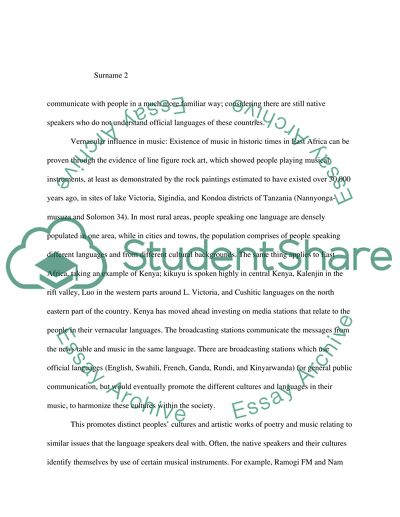Cite this document
(“African Music (East Africa) Essay Example | Topics and Well Written Essays - 1250 words”, n.d.)
Retrieved from https://studentshare.org/music/1467231-african-music-east-africa
Retrieved from https://studentshare.org/music/1467231-african-music-east-africa
(African Music (East Africa) Essay Example | Topics and Well Written Essays - 1250 Words)
https://studentshare.org/music/1467231-african-music-east-africa.
https://studentshare.org/music/1467231-african-music-east-africa.
“African Music (East Africa) Essay Example | Topics and Well Written Essays - 1250 Words”, n.d. https://studentshare.org/music/1467231-african-music-east-africa.


